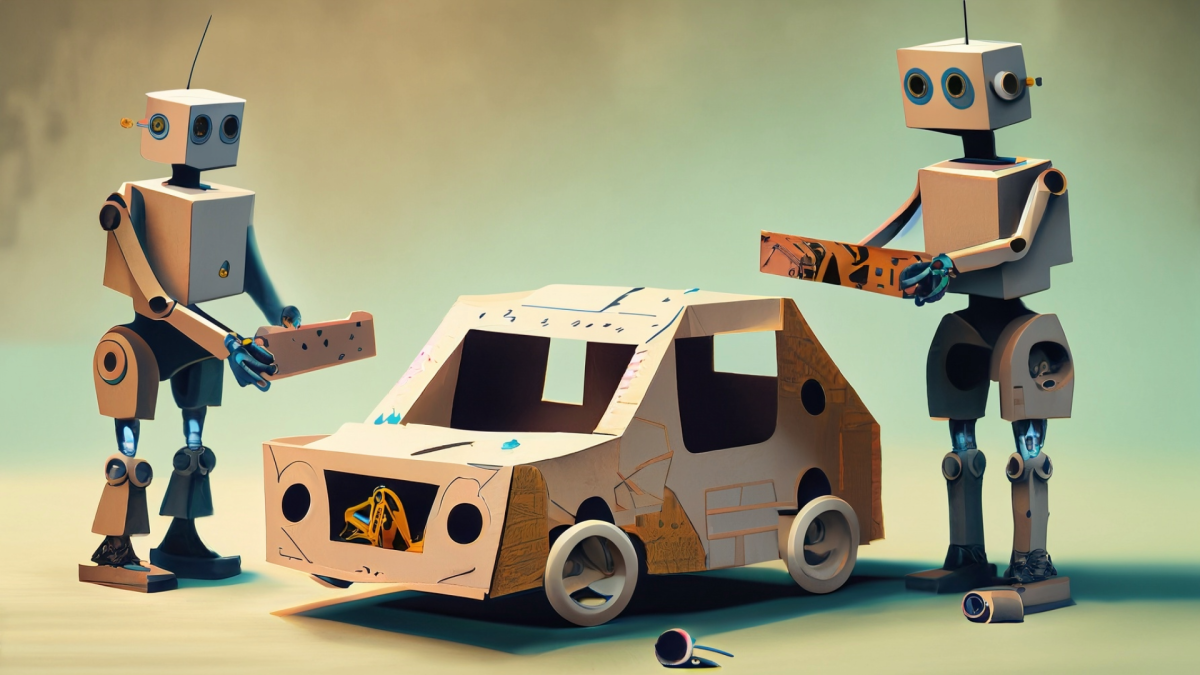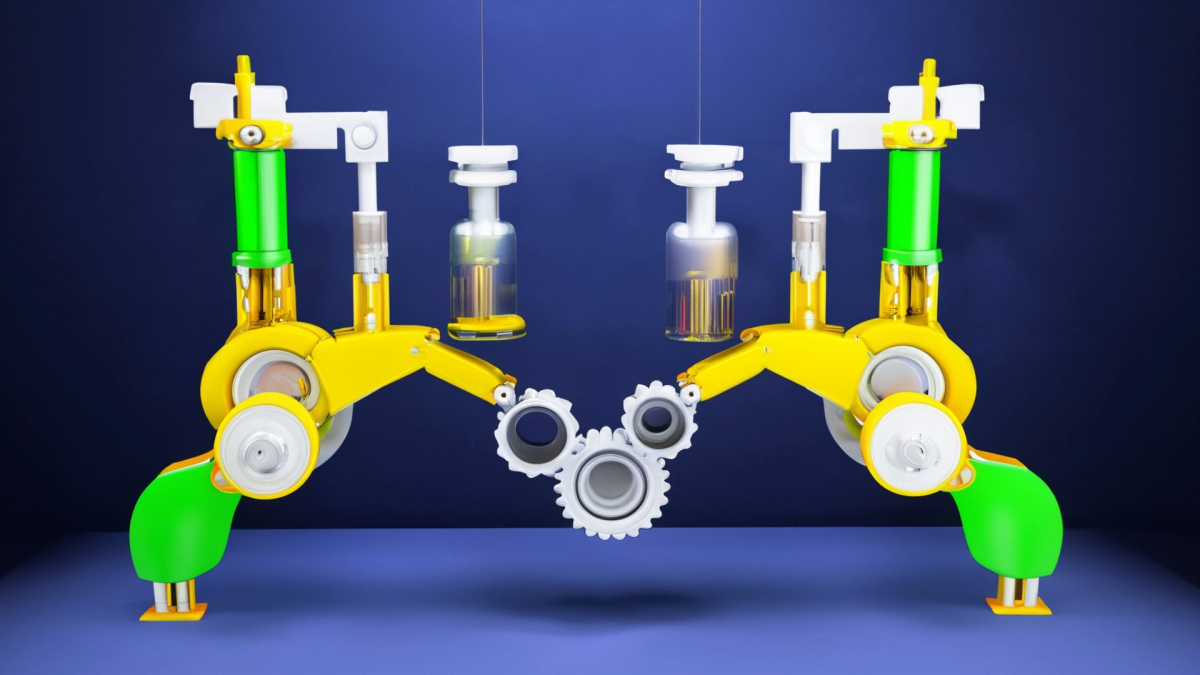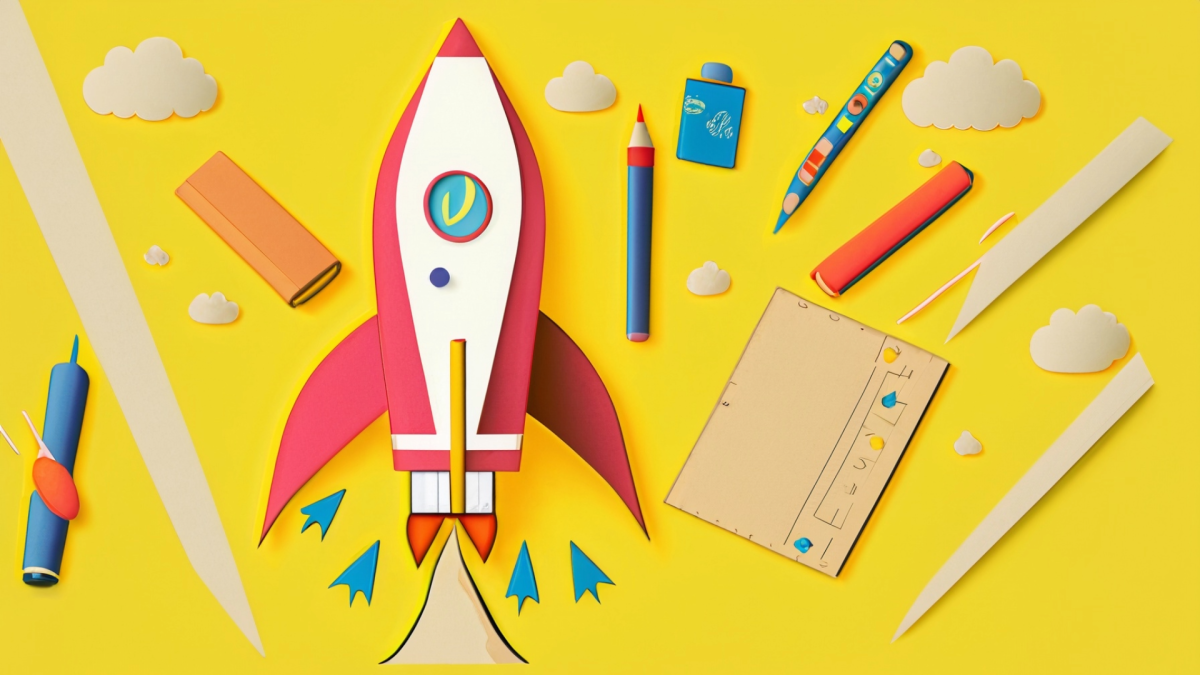Grades:
7th Grade
In this lesson, students will carry out an investigation to discover how increasing the mass of an object will affect its motion. Then, they will design their own investigation to discover how
Grades:
4th Grade
This lesson is in collaboration with the National Park Service and contains additional activities from the Jr. Ranger program. Using the NPS brochure guide/map and Plantnet app, students will identify
Featured
Planarian Regeneration
Grades:
3rd Grade
In this engaging lesson, students will explore human regenerative medicines through the planarian's ability to regenerate. Planarians have specials cells that allow themselves to modify and regrow
Featured
mini Sphero mini Golf
Grades:
6th Grade
In this outstanding lesson, students will design and build their own mini golf hole (first on scaled paper, then using cardboard and recycled materials). One obstacle must be made out of a net
Grades:
Kindergarten, 1st Grade, 2nd Grade, 3rd Grade
This hands-on lesson is to help students create geometric shapes by writing code to allow their robot to create the assigned shape. Students learn about algorithms as they explore the basics of coding
Grades:
7th Grade
This lesson is the 3rd lesson in a series of 4. It has the students learning about measuring angles and calculating missing angles to determine the angles on a practice Sphero Bot course. Once the
Grades:
6th Grade, 7th Grade, 8th Grade
This is a 5E lesson plan for teaching middle school students (grades 6-8) how to use sensors to control motors and interact with objects on a field using block code with a system like LEGO Mindstorms.
Grades:
3rd Grade, 4th Grade
An Arizona 3rd grade standard is to learn about Arizona tribes' ways of living and how they depend on their environment to shape their world. In this hands-on lesson, students will use their hands
Grades:
7th Grade, 8th Grade, 9th Grade, 10th Grade, 11th Grade, 12th Grade
Students will combine science and art by using an alternative photographic process called cyanotypes or sun prints. After a short introduction to the history of cyanotypes and the process of creating
Grades:
Kindergarten
In this fun lesson, students solve addition or subtraction equations. They will show their answers on a math paper or grid by coding a Bee-Bot to show their answer. This is a great way to incorporate
Grades:
5th Grade
In this lesson, students will work individually to build a working periscope. They will make a simple one out of card stock and then being creative with whatever supplies their teacher gives them
Grades:
4th Grade, 5th Grade
In this hands-on lesson, students design a safety device (car/seatbelt) that can keep an egg (passenger) safe during a collision. The goal is to protect the egg from cracking during a roll down a ramp
Grades:
7th Grade, 8th Grade, 9th Grade, 10th Grade, 11th Grade, 12th Grade
In this lesson students will collect data on the performance of their drone. Students will design a systematic process of data collection that will then lead to the development of a predictive model
Grades:
10th Grade, 11th Grade, 12th Grade
A look at all of the anatomy homeostatic responses that the body has. Each section has a lab or calculations.
Grades:
5th Grade
This lesson uses magnets, playing cards, metal washers, and a PhET simulation to model the effects of mass and distance as acting forces on objects in our solar system.
Grades:
6th Grade
In this lesson students will identify different types of sustainable housing, engage in depth learning with hands on experience of what it takes to build a home from the outside to the inside
Grades:
8th Grade, 9th Grade, 10th Grade
In this activity, teachers will guide students through a simulation that models the population dynamics between fish and bears. The objective is for students to understand and analyze the interactions
Grades:
6th Grade
In this lesson it will take two or more days for groups or student(s) to build their eco friendly sustainable house. They need to consider their budget as well as what materials will represent each
Grades:
7th Grade
In the lesson on upcycling empty water bottles, students will embark on an innovative and eco-friendly exploration of creative reuse, incorporating science, technology, engineering, and math (STEM)
Grades:
5th Grade, 6th Grade
Students build a Tetrahedral kite while learning about problem solving, patience and diligence to finish a task. They will also be able to explain lift and force and apply the steps of the engineering
Grades:
4th Grade, 5th Grade
In this hands-on lesson, students will explore how speed is calculated, what inertia is and apply it to Newton’s Laws of Motion. They use the engineering design process to construct race cars out of
Grades:
7th Grade
In this lesson students will be exploring the ball drop phenomenon in order to gain an understanding of Newton's second law of motion. Students will observe the phenomenon demonstration and then
Grades:
8th Grade
Investigate how red wigglers rebuild soil by processing food scraps and depositing their casts into the soil. Student groups will have their own worm bins to care for and they will gather data about
Grades:
4th Grade
Students learn how energy transfer and electrical circuits energy are similar and different.
Featured Lesson Plans
Check out these notable lesson plans.

Featured
Design a Course with Friction
Grades:
6th Grade, 7th Grade
In the second part of this lesson, students will now test how friction can change the speed of a RC car. Students will first test the RC car on three different surfaces of their choice and time them

Grades:
6th Grade, 7th Grade, 8th Grade
Calling all engineers, artists, scientists, and crafters! Our MAKER FAIRE is a venue for our “makers” to show off your talents, innovations, and creative solutions! Join the Maker Movement! Students

Featured
Rocket Science
Grades:
3rd Grade, 4th Grade, 5th Grade
This engaging lesson is a great introduction for space exploration units. This plan goes over the history of rockets, how they work, and how modern rockets help us explore the solar system. There are


